Let’s begin with this: You can be a terrible communicator as a pilot, make every mistake I’m about to describe, and still have a safe and comfortable flight. There is considerable finesse in handling pilot communications properly, but it is not the end of the world if you have flaws in your technique.
Pilots are trained to use very specific methodology and terminology when they communicate over the radio with ATC (air traffic control). It is not only a source of great and deserved pride when a pilot effects his or her communication properly, but it can save considerable time and reduce a lot of unnecessary stress.
There are several areas that relate to proper pilot communications. These include but are not limited to familiarity with the jargon, communication rate, consideration of other pilots, using the proper phonetic alphabet, planning, timing and extraneous verbiage, and the adverse effects of the psychological set.
Familiarity Breeds Contentment
When people hear ATC communications for the first time, or in fact for several first times, it can sound like almost total gibberish. It is very much like a foreign language to someone who does not know what to expect, or what the terms mean. That’s why there are several professional programs available for download to enable a new or aspiring pilot to get used to those communications.
An invaluable resource for a new or aspiring pilot is an aviation-receiving radio on which he or she can listen to pilot communications. Although there are websites such as liveatc.net that allow one to listen in to real-time pilot-to-ATC communications, most of these websites get feeds from large airports.
While the basic pilot communications between air carriers such as Southwest Airlines and Alaska airlines follow essentially the same rules as communications between a tiny, two-seater airplane and ATC, there are some differences. This article is focusing on the radio communications one would most likely use as a new or student pilot. As a result, I recommend going to a small airfield and use the radio to listen to the pilot-ATC communications rather than listening to a major airport’s communications via an online feed.
Communication Rate
There is a substantial positive relationship between the size or busyness of an airfield and the typical rate of talk between airplanes and ATC. The larger the field, very often the more experienced the pilot clientele. In this case, ATC tends to be more machine-gun-speed-like in how they communicate with the airplanes.
Also, pilots who respond quickly and professionally, avoiding potentially all of the mistakes we will consider here, tend to get better service from ATC. Like it or not, ATC does reward competence. They generally do not punish incompetence, though. That is good news.
One of the most important things to remember in pilot communications with ATC is that since it is the pilot’s obligation to understand absolutely everything that ATC says to him or her, it is unacceptable to move on to the next communication or the next activity if something came so fast or perhaps so strangely that the pilot did not understand everything completely. The pilot not only has the privilege of asking ATC to slow down, it’s but also the obligation to do so if the pilot misses anything.
When a pilot needs to ask ATC to repeat something, the proper way is to use the phrase “say again.” That obligates ATC to reply. This, however, does not necessarily clarify information that the pilot may not have understood or may not recognize. The pilot also has the ability to revert to plain English and say something like, “I did not understand. Please phrase that differently.” Or, more to the point of this paragraph, the pilot can say, “I need you to slow down.”
A sneaky and quite effective pilot technique to get ATC to slow down, to enunciate better, and to give a higher level of service, is to tell ATC that you are a student pilot. Even if you’re not currently in active training with a certified flight instructor, in a way we are all always learning, so it is not a lie. You would be surprised how much easier communication becomes once ATC hears that you are a student pilot or is under the active impression that you are a student pilot.
Consideration for Others
The cadence of pilot-ATC communications requires pilots to determine when there will be a gap in such communications. That’s when it’s your time to talk. As mentioned elsewhere in this article, it does no good for two people to transmit at the same moment. One or the other or both are providing an uninterpretable, unintelligible radio broadcast.
If a student pilot or new pilot is inexperienced enough not to be able to predict when there will be such a gap, the pilot communications become quite awkward. That is another reason that getting that radio and listening to normal communications can help.
I remember once flying into Agua Dulce airport in southern California. There were a couple of other airplanes in the pattern. A pattern is the rectangular “road in the sky” that airplanes usually follow when they are intending to land. We all heard a new airplane announce that he was coming in to join the pattern. But it was a very strange moment because the pilot sounded very much like he was drunk. Virtually all of the other pilots in the pattern assumed that the incoming pilot was anoxic rather than drunk. Anoxia is a condition where there is insufficient oxygen in the pilot’s blood. This results in blurred thinking, slurred speech, poor coordination, and generally the pilot having a very bad day. It usually happens if the pilot is flying at very high altitudes, where the air is thin. If the pilot descends very quickly, the anoxia may not have sufficient time to abate.
That day, every pilot flying around the airport either departed the pattern (flew away from the airport) or basically shut up to give the apparently-ananoxic pilot tons of room to do whatever he needed to do to land safely. He did land safely, thanks in no small measure to the several other pilots who cleared the way for him. Consideration of others is a primary example of an actual system working, and aviation in the United States benefits greatly from this systemic approach.
The International Phonetic Alphabet for Pilot Communications
There are many occasions where a pilot must refer to individual letters of the alphabet or to spell things out. In all cases, the pilot is required to use the international phonetic alphabet. That alphabet is:
Alpha Bravo Charlie Delta Echo Foxtrot Golf Hotel India Juliet Kilo Lima Mike November Oscar Poppa Quebec Romeo Sierra Tango Uniform Victor Whiskey X-Ray Yankee Zulu
If the pilot uses a non-standard alphabet, such as saying, “Adam” instead of Alpha, or “Radio” instead of “Romeo,” this can cause the entire rhythm of pilot communications with ATC and other pilots to falter. It can also use additional time as ATC will have to require the pilot to repeat himself or herself. It’s bad news. It’s nonprofessional.
Planning, Timing, Extraneous Verbiage, and Execution
Speaking of the rhythm of pilot communications, there is a very predictable back-and-fourth choreography when ATC-related communications are effected properly. As a result, it behooves the pilot to figure out what he or she is going to say before making contact with ATC. A bunch of aahhhs and mmms and pauses frustrate everyone on the radio frequency and impede the smooth flow of air traffic as well as the smooth flow of pilot communications. Here is an example of a poorly-constructed and then a well-constructed initial call-up to ground control when an airplane is about to request permission to taxi from where it is parked to the run-up area for Runway 26. First, the bad:
Aahhh, Podunk Ground Control, this is ummm Cessna 1234Baker, parked at the AirMaster’s hangars north of the big runway; Roger on current information Sierra. We want to taxi to the run-up area for Runway 26 for later take-off.
This comedy of errors reveals an incompetent communicator who wastes valuable radio time with verbal pauses, incorrect terminology, and redundancies. Here’s the same call done right:
Podunk Ground, Cessna 1234Bravo, AirMaster’s, Sierra, Taxi 26.
This announcement should come when it is obvious that there is a lull in communications. Two people speaking on the frequency at the same time just does not work.
It is definitely worth planning radio communications, usually with an instructor by your side to help you know when to say what.
Equally important is expecting what ATC might tell you in response. But that can go too far. Let’s talk about when that “knowledgeable” expectation can backfire.
Set: An Advantage and a Curse
As a psychologist, I can tell you that “set” refers to a person’s expectation of what is about to happen. It’s the kind of thing that contributes to witnesses to criminal activity all giving different stories to the police after the event. They all expected different things, so they say/remembered different things. We usually see what we expect to see and hear what we expect to hear.
Although that can make us somewhat better receptors of radio communications, it can also be disastrous. If most of the time you expect to take off on runway 16 at a particular airport, you tend to have set. In this case, you may assume that you will be assigned runway 16 despite what you heard in your takeoff clearance and did not process. That’s one of the reasons that in proper aeronautical communications, pilots must read back what they hear to the tower. If the tower tells you to taxi to runway 27, and you read back “taxi to runway 16,” hopefully the air traffic controller in the tower will catch the discrepancy and avoid a problem.
The fix here is to be extremely aware that we are all subject to set, and, particularly in a safety-critical endeavor such as aviation, we must be absolutely careful not to allow set to misinform us.
On the other hand, knowing approximately what ATC might say is an advantage. For example, in instrument flying, there is something called an IFR (Instrument Flight Rules) clearance. The clearance is virtually always delivered with the same type of information and exactly the same sequence. This allows the instrument pilot to write down the clearance more easily since he or she knows what’s coming next. The check here is that the clearance must nevertheless be read back to ATC, just like any other communication from ATC, and air traffic control will discern whether or not the pilot made some kind of error in copying the clearance to paper.
The whole system is constructed to take advantage of the positive aspects of the set and to destroy the confounding effects of the same psychological phenomenon.
Radiocommunication’s Place in Aviation
There are some situations when a pilot is not required to communicate with ATC at all, even though it is usually a better idea to either talk to other pilots or ATC or at least to make “blind broadcasts.” Blind broadcasts are radio announcements for anyone listening even though one is not expecting a reply and unsure whether or not there is anyone else around.
A pilot flying exclusively in uncontrolled airspace does not have to talk with anybody either. Even a pilot on a cross-country, VFR (Visual Flight Rules) flight from an uncontrolled airport to another uncontrolled airport can avoid any pilot communications if the route he or she chooses to supports that.
Most aeronautical experiences, however, do require (and benefit from) radio communications with ATC and, often, with other pilots. When done correctly, this very special, regulated method of getting information back and forth enhances safety and a lot more. It’s worth studying if you are an aspiring pilot or already licensed to fly above the earth.
Ready to soar in your aviation career?
Mr. Matthew A. Johnston has over 23 years of experience serving various roles in education and is currently serving as the President of California Aeronautical University. He maintains memberships and is a supporting participant with several aviation promoting and advocacy associations including University Aviation Association (UAA), Regional Airline Association (RAA), AOPA, NBAA, and EAA with the Young Eagles program. He is proud of his collaboration with airlines, aviation businesses and individual aviation professionals who are working with him to develop California Aeronautical University as a leader in educating aviation professionals.
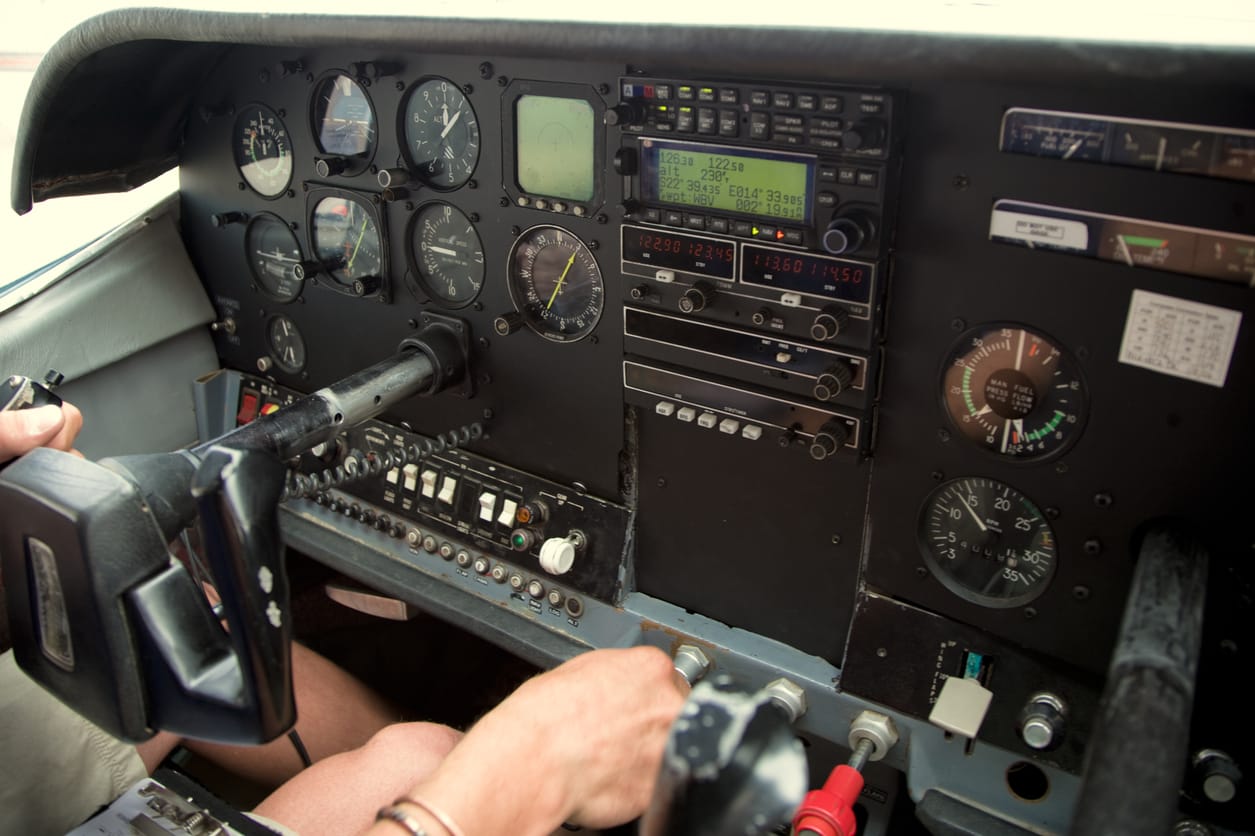
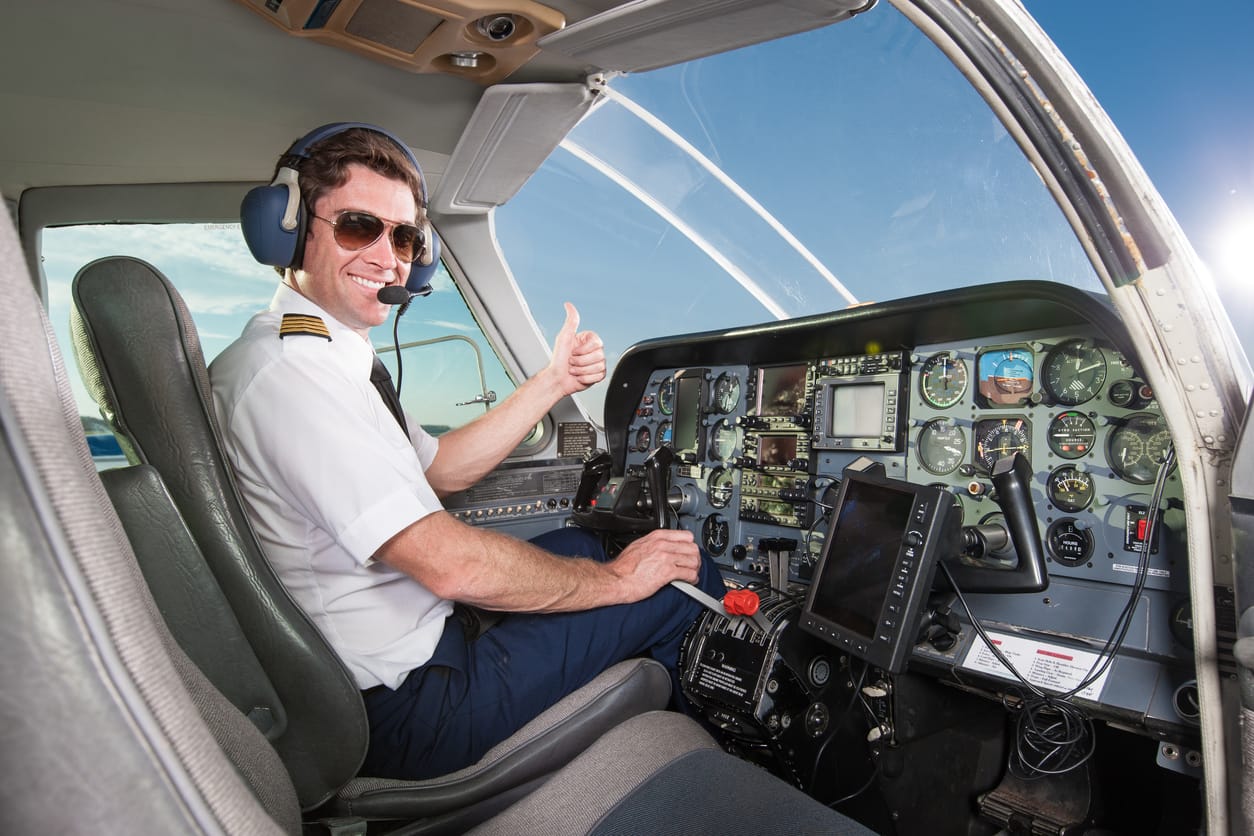


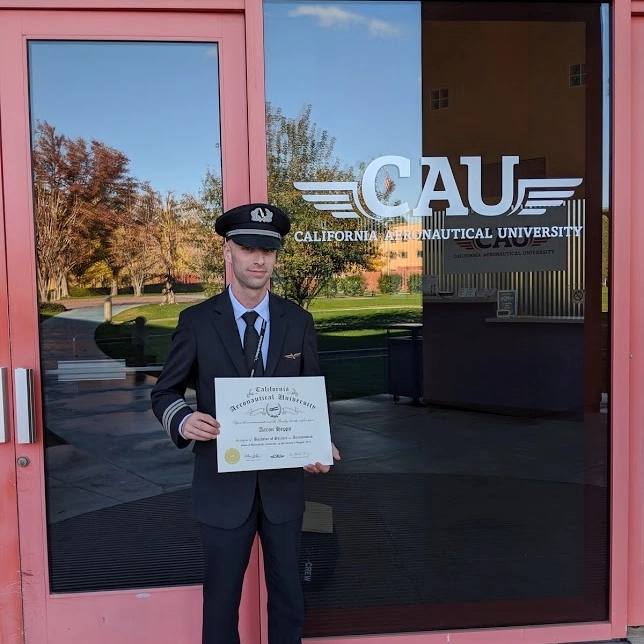


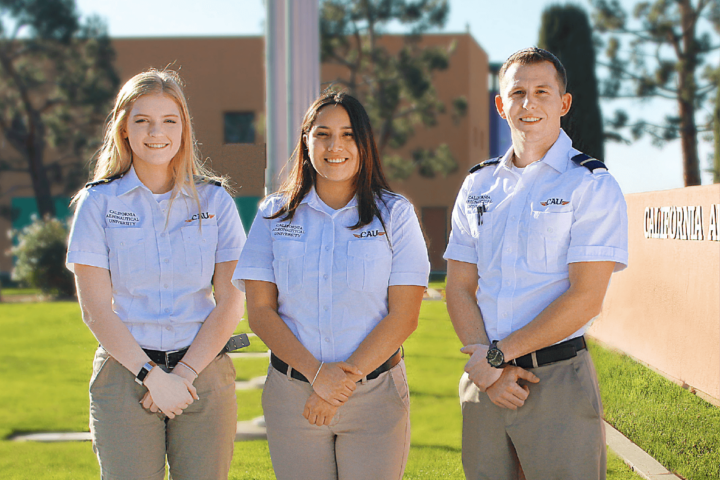
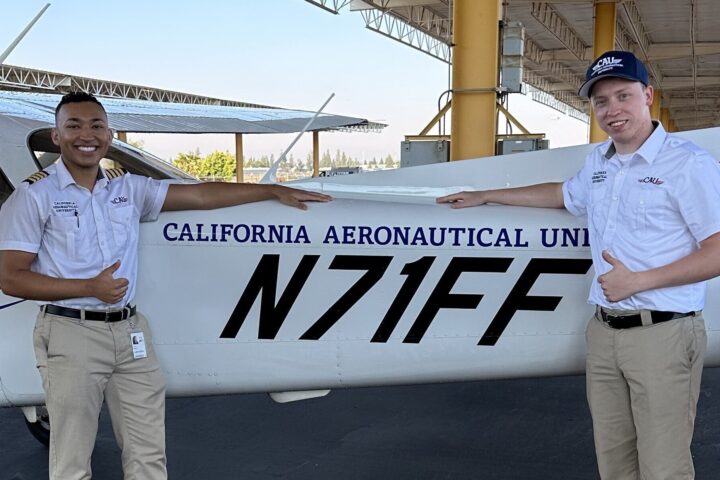

what is the official international language?
According to the International Civil Aviation Organization, English is the official language that should be used when communicating with ATC. Even though English is the official language you still may hear other languages on frequencies such as in Canada the controller speak English and French and in Mexico the controllers speak English and Spanish on frequency.